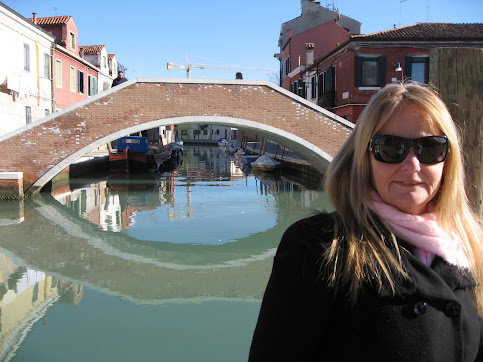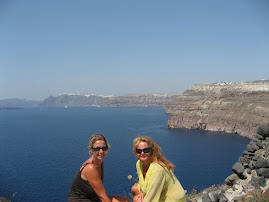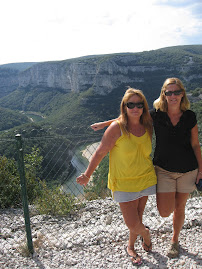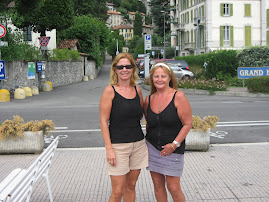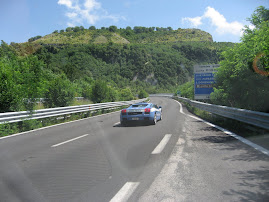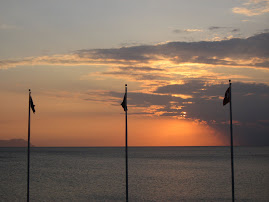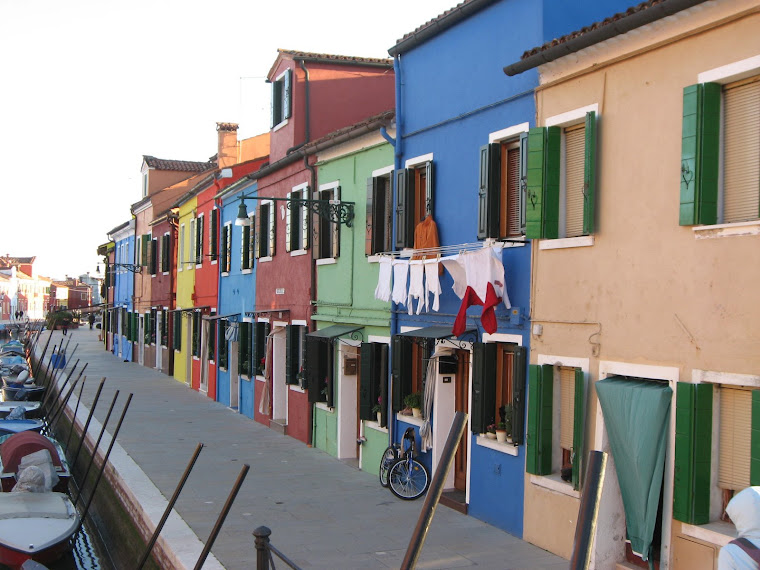 Me with a view across to the infamous bridge... the Pont de Avignon which stops in the middle of the River. Demolished several times during floods and never resurrected after the 17thC.
Me with a view across to the infamous bridge... the Pont de Avignon which stops in the middle of the River. Demolished several times during floods and never resurrected after the 17thC. Coraleen outside the Popes Palace. We took a tour of this on the Sunday morning and it was absolute huge inside and very austere. It was hard to imagine all the 'bord meetings' that went on for each successive Pope. Did you know at one time there were three Popes with Avignon being the Head of the Catholic Church rather than Rome where it is today?
Coraleen outside the Popes Palace. We took a tour of this on the Sunday morning and it was absolute huge inside and very austere. It was hard to imagine all the 'bord meetings' that went on for each successive Pope. Did you know at one time there were three Popes with Avignon being the Head of the Catholic Church rather than Rome where it is today? A guard outside the Popes Palace not really working but on show for the public and I managed to con him into having a photo taken with me.
A guard outside the Popes Palace not really working but on show for the public and I managed to con him into having a photo taken with me. Up on the hill at the highest point is this religious memorial. I must confess I don't know what it stands for but obviously to do with the crucifixation.
Up on the hill at the highest point is this religious memorial. I must confess I don't know what it stands for but obviously to do with the crucifixation. One one of the street corners this house stood with no windows or rather in the place of windows were the most beautiful paintings.
One one of the street corners this house stood with no windows or rather in the place of windows were the most beautiful paintings. Me on the famous Pont de Avignon. There is a chapel partway across which is no longer used but still very pretty.
Me on the famous Pont de Avignon. There is a chapel partway across which is no longer used but still very pretty. And the end of the Pont de Avignon.. right in the midle of the River.
And the end of the Pont de Avignon.. right in the midle of the River. More pictures of the painted non windows.
More pictures of the painted non windows. The castle of Avignon lit up at night.
The castle of Avignon lit up at night. and Coraleen in front of the Pont de Avignon that goes nowhere.
and Coraleen in front of the Pont de Avignon that goes nowhere.Avignon.. where do I start. It's a beautiful medieval walled town with .. castles, museums, restaurants, a gorgeous belltower and of couse the Pont de Avignon.. remember that song...
Chorus
On the bridge of AvignonThey are dancing, they are dancing,On the bridge of AvignonThey are dancing all around.1 The handsome gentlemen go this wayAnd then again go that wayChorus2 The pretty dames go this way And then again go that way.
well we sang that as we walked along the bridge that went nowhere.. yes it actually stops in the middle of the Rhone.
The Pont d'Avignon, also known as the Pont St-Bénezet, is a famous medieval bridge in the town of Avignon, in southern France.
The bridge originally spanned the Rhône River between Avignon and Villeneuve-lès-Avignon on the left bank. It was built between 1171 and 1185, with an original length of some 900 m (2950 ft), but it suffered frequent collapses during floods and had to be reconstructed several times. Over the centuries, it became increasingly perilous as arches collapsed and were replaced by rickety wooden sections.
The bridge was finally put out of use by a catastrophic flood in 1668, which swept away much of the structure. It was subsequently abandoned and no more attempts were made to repair it. Since then, its surviving arches have successively collapsed or been demolished, and only four of the initial 22 arches remain intact today.
